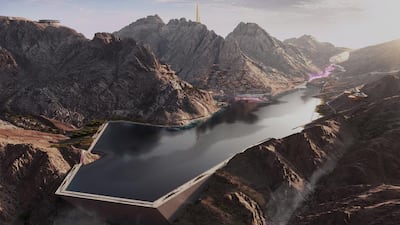




































The Line in Neom is 'the greatest real estate challenge that humans have faced'
Mega-city director tells 'The National' everything you need to know about Saudi Arabia's most ambitious building project
Mariam Nihal
August 17, 2022
- Listen In English
- Listen In Arabic